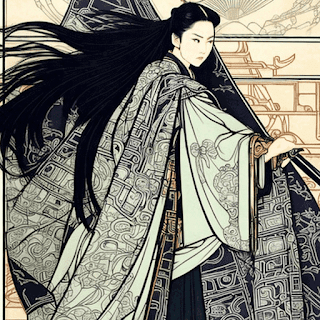I have been playing various OSR games with Stephen Smith, a true gaming mad scientist for three years now, and as we are coming up on a close to his second campaign, which ran for over 100 sessions, I wanted to describe the mad experiment he ended up running in the campaign he called
Shadow Over Sojenka.
Unlike a few of the other articles you might read, mine is no "postmortem"; I am still playing in Sojenka. I have an ancient evil to stop, and a town to build. I hope to be playing in Sojenka for another year, or preferably, many more.
First off, compliments to the chef: Stephen doesn't do traditional Western Fantasy. He starts with a setting that takes you further afield. The first setting we ran was a mix of post-apocalyptic and late Byzantine Empire with a zombie apocalypse going on in the background. This latest campaign was set in a culture built heavily on Slavic myth and culture in the Early Modern period. In both cases he creates rich, weird elements such as unique monsters, magic items, and spells that make certain you are always meeting something unexpected.
Second, each campaign has been a science lab. Stephen is trying to hack his way into experiencing a version of D&D that is closer to its wargame origins... and a rich campaign that requires a little front-loading, but otherwise took very little effort on the GM's part once play commenced. Some of his experiments have been absolutely fascinating to take part in.
With
Shadow Over Sojenka, Stephen was inspired by
The Lost Dungeons of Tonisborg to try to capture the essence of what
Dungeons & Dragons must have been like when it was being run as a series of experiments by the war gaming societies in Wisconsin around 1973. Including trying to reverse-engineer some elements of play that disappeared as TTRPG culture evolved to become its own thing separate from wargaming in the early '80s.



.jpg)

